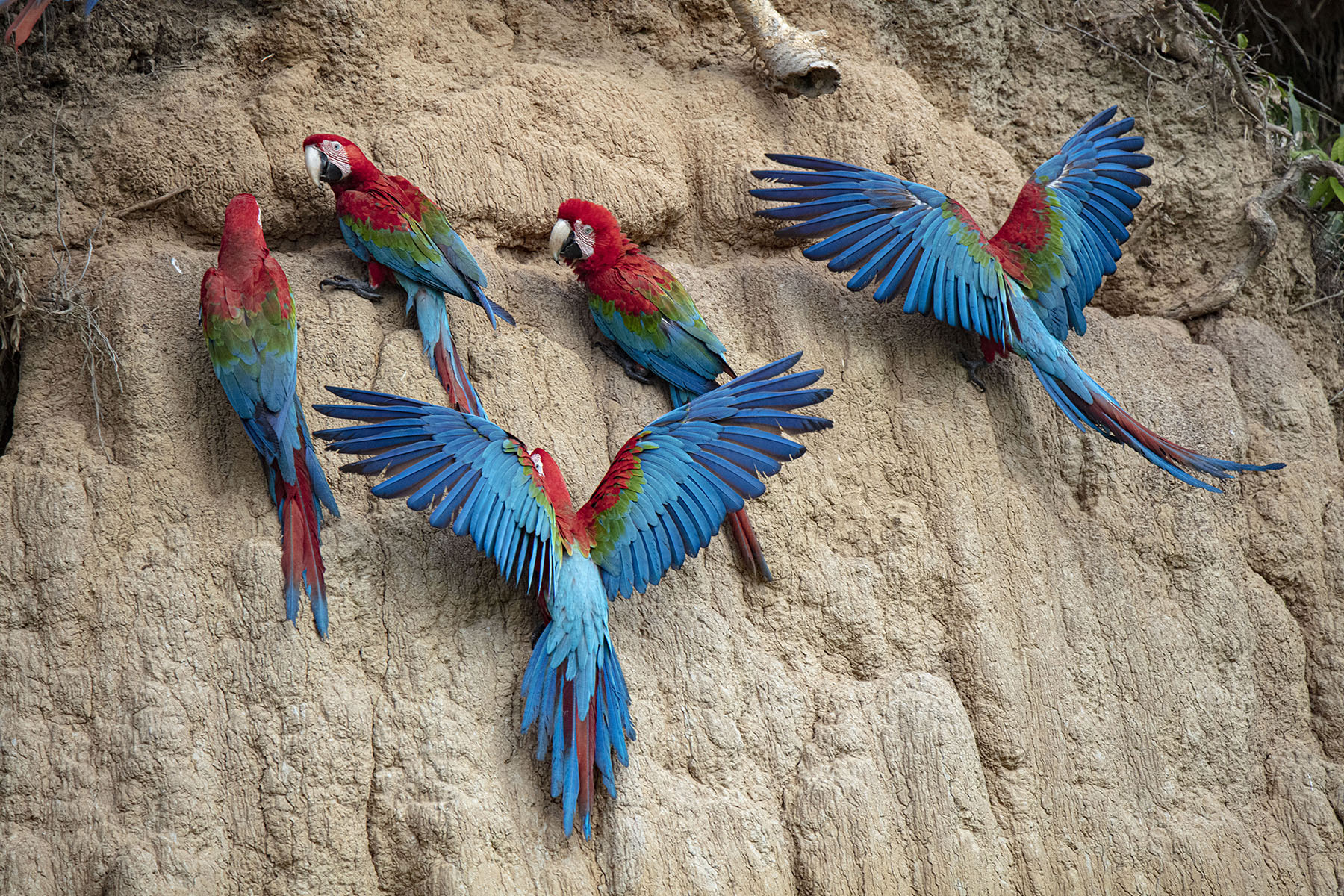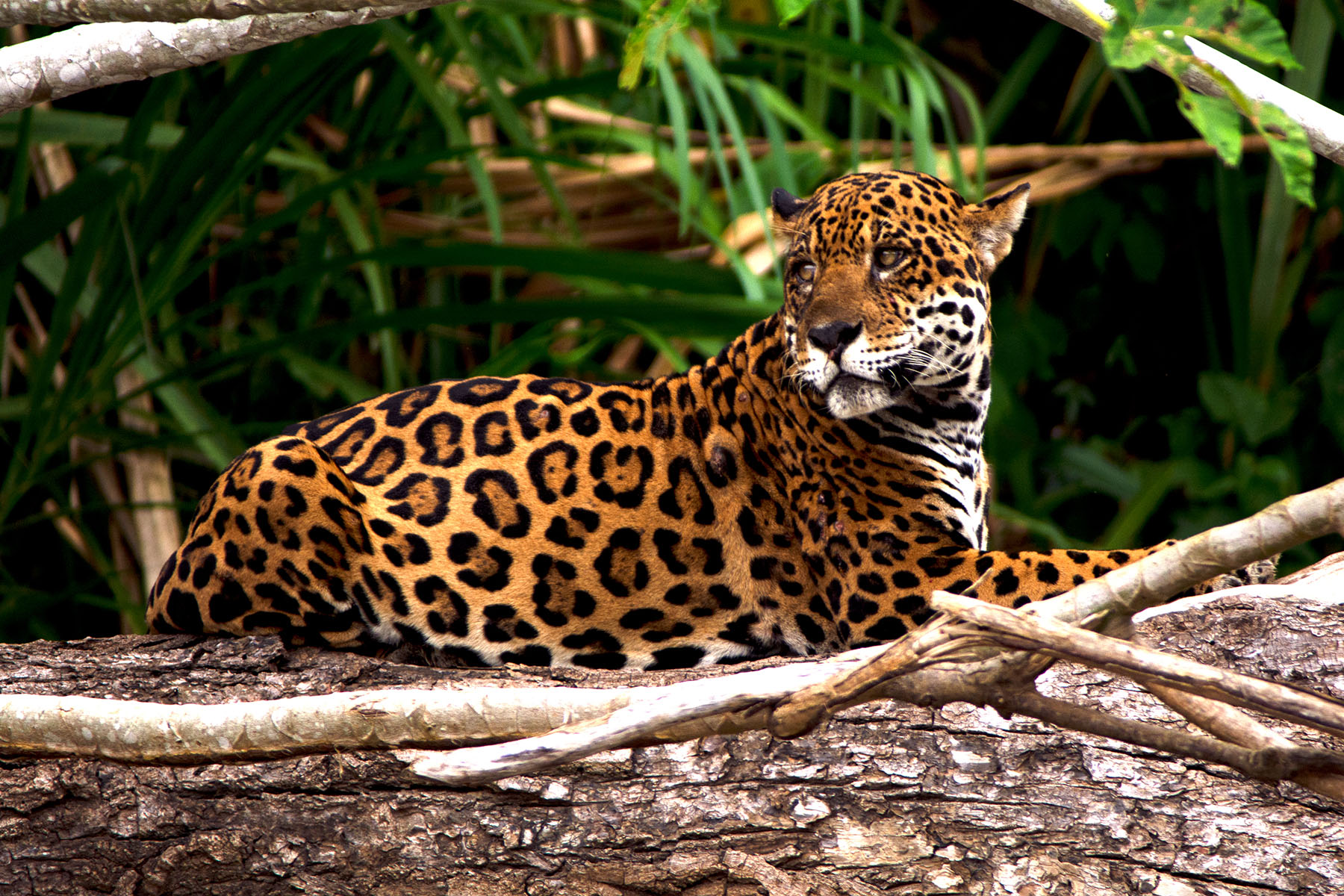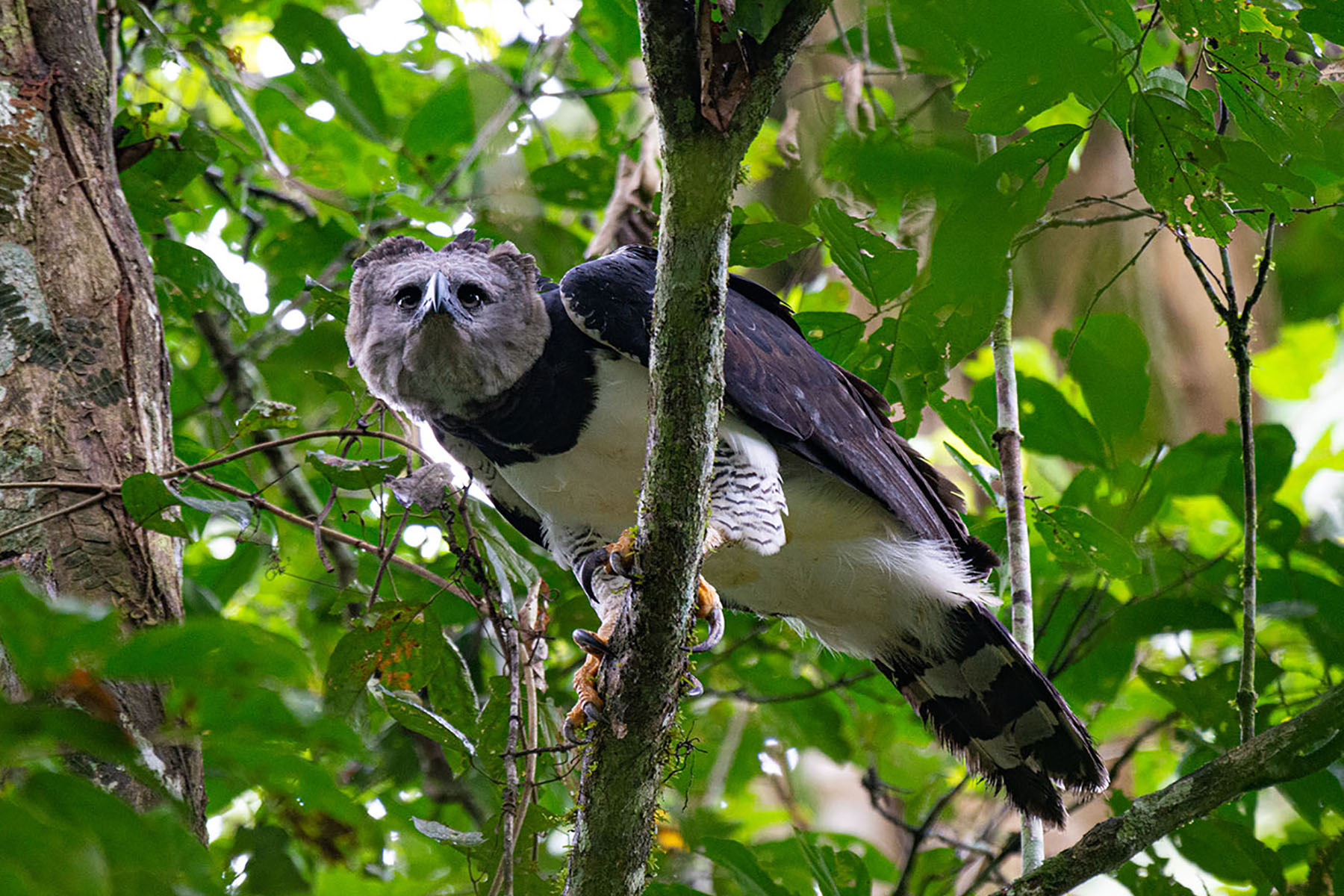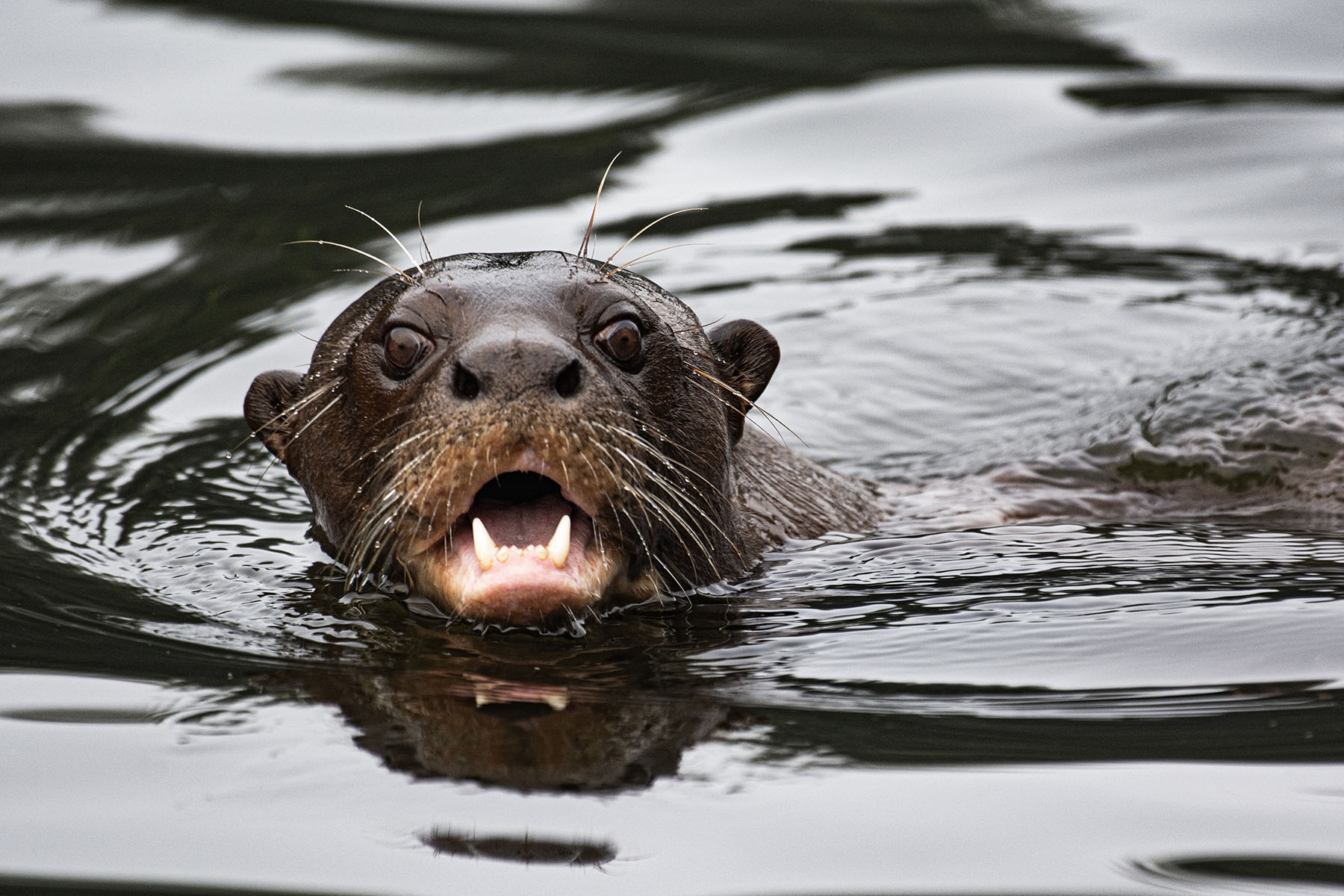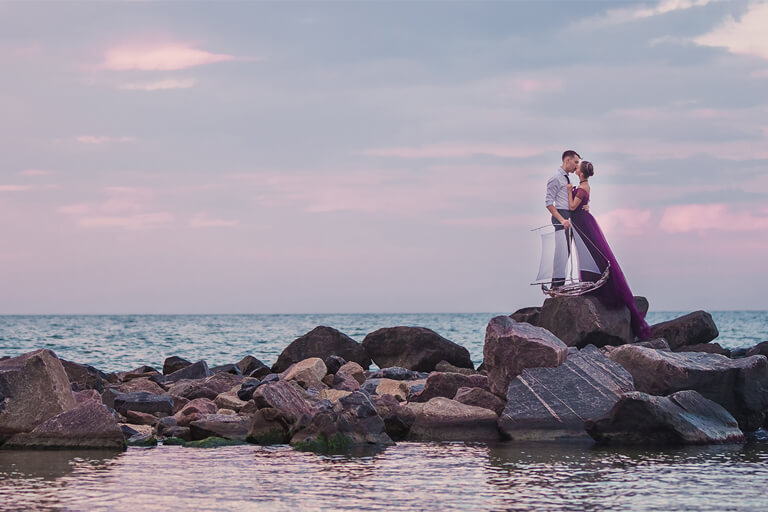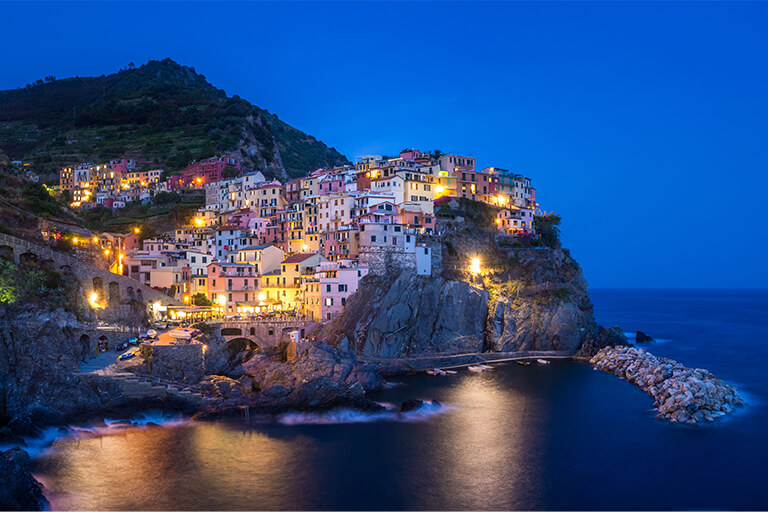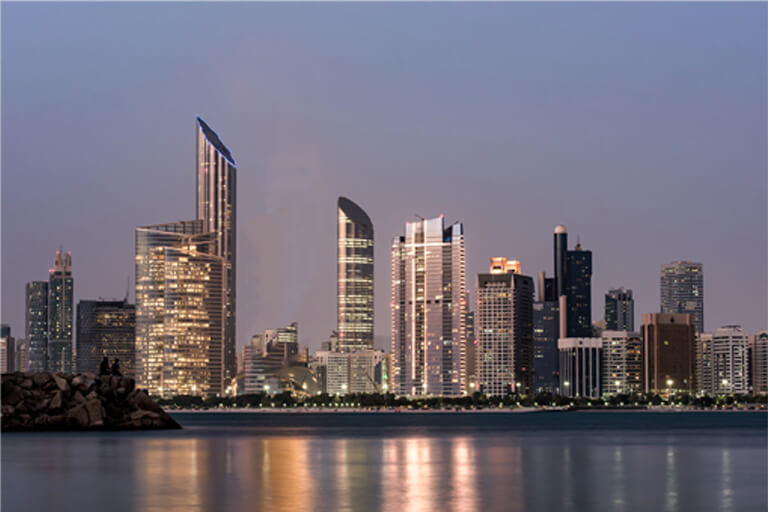Clay lick Macaw and Oxbow Lakes 4 Days
Manu National Park is a globally renowned haven of terrestrial biodiversity at the meeting point of the Tropical Andes and the Amazon Basin in Southwestern Peru. As a vast, geographically and economically isolated watershed, the still roadless property has been spared from most human impacts and is difficult to access to this day. The originally inscribed area was extended to 1,716,295 hectares in 2009
spanning the complete altitudinal gradient of the Eastern slope of the Andes from around 350 to above 4,000 m.a.s.l. The in some places precipitous transition includes high Andean Puna grasslands, mountain cloud forests, Yunga forests and lowland rainforest. Fed from numerous whitewater creeks in the mountains, the Manu River meanders through the lowland forests, before it joins the mighty Madre de Dios River at the Southern edge of the property. As evidenced by Incan and Pre-Incan ruins and petroglyphs, there is a long history of indigenous occupation. The local legend of Paititi.
Cusco – Puerto Maldonado – Cusco by commercial airplane
Tapir Clay Lick and Macaw Clay Lick
Duration 4D/3N
This lodge is located east of the Manu River on the north bank of the Madre de Dios River. It is reached by a 45- minute flight from Cusco to Puerto Maldonado followed by a car and boat journey to reach MWC and offers the Amazon’s finest short, in-depth wildlife safari. The lodge is famous for its abundant and varied wildlife, with its own Tapir clay lick, one nearby oxbow lakes and one tall canopy viewing towers among its impressive highlights.
Day 1: Puerto Maldonado-Colorado -Manu Wildlife Center. Our service begin from 6:00 to 6:30 a.m. with your reception from your hotel followed with a transfer service by van to Santa Rosa Village, we will get there in about two-hours and a half journey, you will cross the Inambari river for a 15 minutes boat trip to Puerto Carlos, here you will start your overland journey to Boca Colorado for 45 minutes by car, followed by four hours and a half motorized boat journey ride upstream the Madre de Dios river. our lunch will be on boat with a fantastic view of the Amazon Rain Forest. Later we make our first acquaintance with the rainforest, exploring some of the 30 miles of forest trails that surround the lodge. We have an excellent chance of encountering some of the 12 species of monkeys, including the Spider Monkey and Emperor Tamarin, which inhabit the surrounding forest. After dinner there will be an enchanting night walk along the trails, in search of the nocturnal birds and animals of the rainforest.
Day 2: Manu Wildlife Center: the Macaw Clay lick, Canopy Tower & Tapir Clay lick,
Another early start (inevitable on wildlife expeditions), before breakfast we will take the boat to the big Macaw Clay Lick after 35 minut we walk through the forest for 30 minutes, where we find the Macaw Lick. The hide provided with individual chairs and a convenient place for cameras, binoculars and breakfast, the distance of 50 metersto see the Parrots and Macaws. The first birds arriving will be the smaller green Parrots then the Macaws but for them will take time and spending the morning flapping in, landing in the treetops as they see the main stage below. then we return to the lodge for lunch. Later, we continue to explore and discover the rainforest, its lore and plant life, on the network of trails surrounding the lodge, arriving in the late afternoon at our 34m/112ft. Canopy Tower. On its platform we witness the frantic rush-hour activity of twilight in the rainforest canopy, before night closes in. Then we set off along the “collpa trail”, which will take us to the lodge’s famous Tapir Clay lick. Here at the most active tapir lick known in the entire Amazon, our research has identified from 8-12 individual 600-pound Tapirs who come to this lick to eat clay from under the tree roots around the edge. This unlikely snack absorbs and neutralizes toxins in the vegetarian diet of the Tapir, the largest land animal of Latin America. The lick features a roomy, elevated observation platform 5m/17ft above the forest floor. The platform is equipped with freshly made up mattresses with pillows. Each mattress is covered by a roomy mosquito net. The 10-m-long, elevated walkway to the platform is covered with sound-absorbing padding to prevent our footsteps from making noise. This Tapir Experience is unique and exciting because these normally very shy creatures are visible up close, and flash photography is not just permitted, but encouraged. The hard part for modern city dwellers is to remain still and silent anywhere from 30 minutes to two or more hours. Many prefer to nap until the first Tapir arrives, at which point your guide gently awakens you to watch the Tapir 10-20m/33-66ft) away below the platform. Most people feel that the wait is well worth it in order to have such a high probability of observing the rare and elusive Tapir in its rainforest home.
Day 3: Manu Wildlife Center: Hike to an Oxbow Lake and the Wildlife Trails.
We set off early for an old oxbow lake full of water lilies (Nuphar lutea) and sunken logs. As we circle the lake on our catamaran we might encounter the resident Giant Otter family on a fishing expedition, or troops of monkeys crashing noisily through the trees. Wattled Jacanas step lightly on the lily pads, dainty Sun Grebes paddle across the water, supple-necked Anhinga air-dry their wide, black wings, and perhaps an Osprey scans for fish from a high branch. Among the bushes near the waterline, Hoatzins, which look like rust-colored, punk chickens, announce their presence with distinctive, bizarre wheezing and grunts. Woodpeckers, tanagers, macaws, toucans and parakeets all finally come swooping in to trees surrounding the lake. Many of them roost around the lake for the night. After lunch at the lodge our guide is available to lead us on freewheeling expeditions in search of further wildlife encounters, or we may take one of the lodge’s many trails on private and personal excursions to commune with the spirits of the rainforest. This evening, from the late afternoon until after Dinner, we offer an opportunity to search for caiman and other nocturnal life along the riverbank by boat (If the level of river allows it)
Day 4: Manu Wildlife Center to Puerto Maldonado – Departure day.
We leave our lodge very early on the two hour and a half return boat trip downstream to the Colorado Village. Depending upon the time we must be in Puerto Maldonado, the breakfast will be served at the lodge or on the boat while you enjoying early morning wildlife activity as we go, of course this is a perfect time to take advantage of valuable early morning wildlife activity along the river, in additions this journey allows us to see several lowland native settlements and gold miners digging and panning gold along the banks of the Madre de Dios River. We will stop in the far-west type gold-mining town of Colorado to start our overland journey to Puerto Carlos for 45 minutes, then you will cross the Inambari River for 15 minutes boat trip to Santa Rosa, finally a van or bus will drive us in approximately two-hours to the airport in Puerto Maldonado City, with this assistance your jungle adventure ends...
Included:
- Tour guide in English and Spanish with spotting scope and Binoculars
- Transportation (bus and boat)
- Cook
- Three meals a day
- Mineral water
- All Nights in Lodge, a night in a blind might be included in the tour
- Snacks
- Rubber boots
- Entrance fee to all the private Natural Reserves
- First aid kit
Excluded:
- Travel Insurance
- Firs breakfast
- Mineral water in the first day
- Last day Dinner
- Alcoholic beverages
- Tips for the team
- Flights to Puerto Maldonado
- July: 13. 23
- August: 6
- September: 12, 15
- October: 3, 19
- November: 22
Manu National Park is home to 10% of the world’s bird species, 228 mammal species, 132 reptile species, and more than 5,000 plant species – in total, experts estimate that more than 500,000 species exist in Manu. In addition, different ethnic groups live here, including one of the last completely isolated indigenous peoples in the world, the Mashco-Piro. All groups have their own languages, and there is an enormous cultural diversity between them.
Nemo enim ipsam voluptatem quia voluptas sit aspernatur aut odit aut fugit, sed quia consequuntur magni dolores eos qui ratione voluptatem sequi nesciunt.
9.3
Tour Score
Get Best Offer
Let us help you choose the best vacation out of plenty tours
Subscribe
Stay tuned for the latest offers available!
 En
En  Es
Es  De
De 

